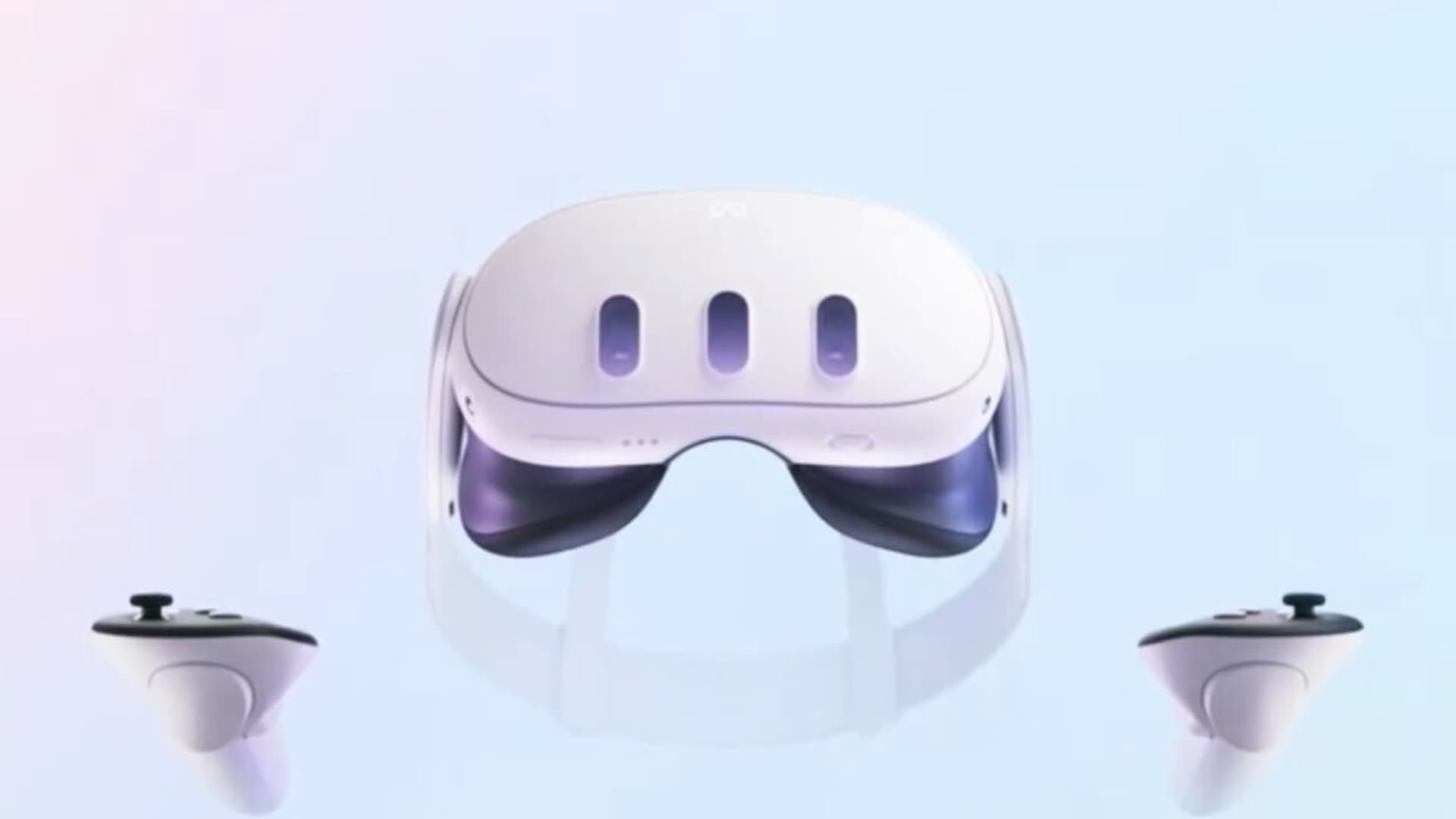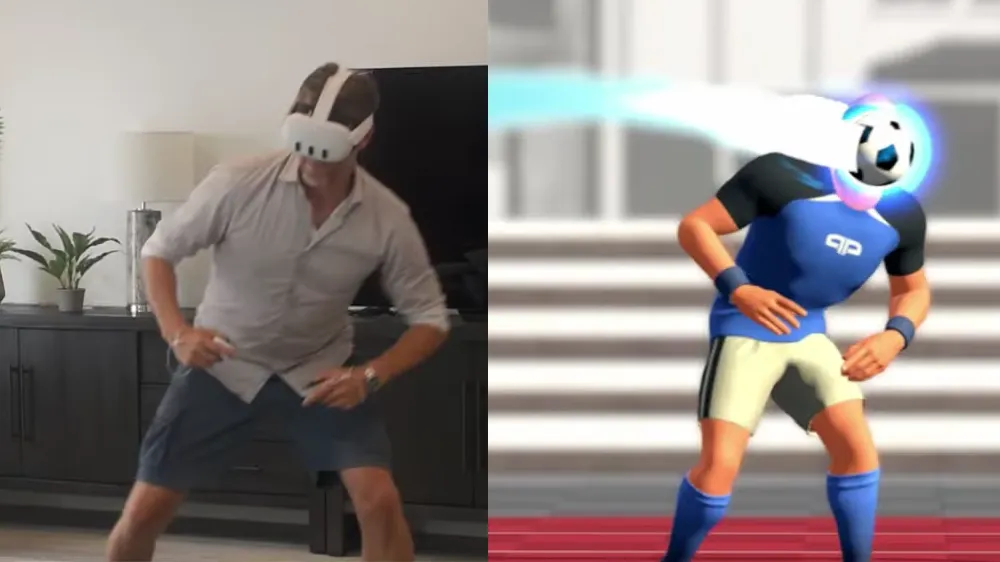Revolutionizing VR: Meta Quest 3 Introduces Proper Body Tracking

If you’ve ever felt disconnected from a virtual reality (VR) experience because your virtual arms and upper body didn’t align well with your real body, there’s good news. Meta has announced that the upcoming update for the Meta Quest 3 VR headset will introduce proper body tracking, improving the immersion and realism of VR avatars.
Guesswork in VR Avatars
Currently, VR avatars rely on guesswork. Unless you’re wearing a tracking suit, the headset has to estimate the position of your arms and body based on your head and hand movements, as well as any height data provided. This system is often inaccurate, reminding users that the virtual world is not a perfect replication of reality.
Inside-Out Upper-Body Tracking
In December, Meta will release an update for the Meta Quest 3 VR headset that utilizes its downward-facing side cameras to track your torso, shoulders, elbows, and wrists. This data, combined with new algorithms, enables VR experiences to create avatars that closely mimic your actual movements. This system, called inside-out upper-body tracking, allows for more accurate replication of movements such as elbow strikes and bending forward or to the side.

Limited App Support
Although the update brings exciting improvements, not all VR apps will immediately support inside-out upper-body tracking. Only a few apps like Supernatural and Drunken Bar Fight will have compatibility from the start. Users will have to wait for developers of other VR experiences to implement the SDK update into their software to enjoy the enhanced avatars.
VR Legs Improvement
The upcoming Meta Quest 3 update will also bring enhancements to VR legs. Meta faced criticism during Meta Connect 2022 when it was revealed that its avatars lacked legs. However, virtual legs were introduced for VR beta testers in September, limited to the Quest home app. With the forthcoming update, more users will have access to virtual legs in a wider range of apps, provided developers enable the feature.

AI-Generated VR Legs
It’s important to note that VR legs will be AI-generated rather than tracked. While the AI can accurately replicate leg movements like squatting, jumping, and boxer bounces, it may not capture more specific movements like lifting a knee. As demonstrated during Meta Connect 2022, certain movements may not be possible in VR yet, but with Meta’s advancements in tracking and AI, future developments may address these limitations.
Conclusion
With the upcoming update for the Meta Quest 3 VR headset, users can look forward to improved body tracking and more realistic avatars. While some VR apps may not immediately support these enhancements, Meta’s continuous efforts to refine VR technology offer promising possibilities for the future of immersive virtual experiences.
/cdn.vox-cdn.com/uploads/chorus_asset/file/24696064/meta_quest_3_design.jpg)
More interesting stuff!
Quick Links
Legal Stuff
Social Media
